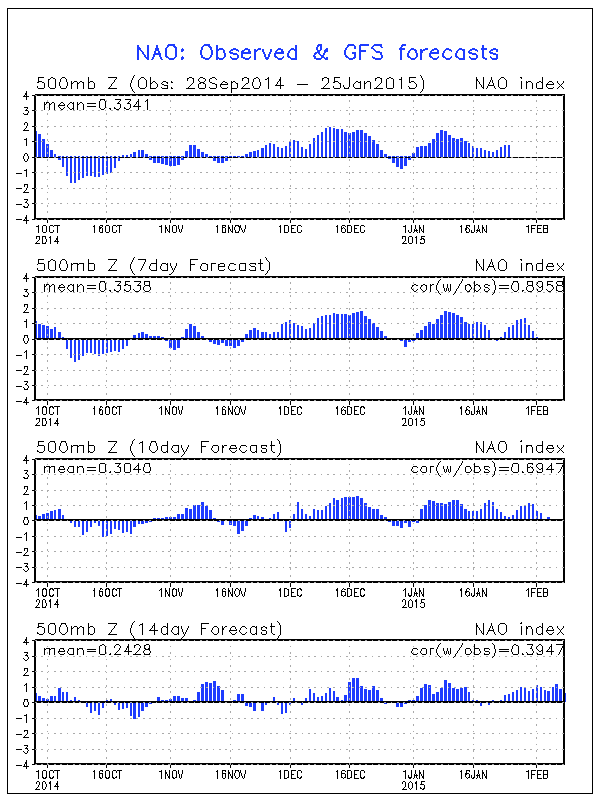Latest model guidance indicate that a potential historic blizzard will impact eastern New Jersey, New York City, Long Island, Connecticut and coastal New England. Snowfall totals of 1 to 2 feet are expected in and around the New York City metro area with isolated higher amounts over eastern Long Island and coastal New England. A Blizzard Watch is in effect for New York City and Long Island. Wind gusts will reach 60 mph or higher to near hurricane force across eastern Long Island and Cape Cod/Nantucket. This is a dangerous storm that could lead to power outages, downed trees and power lines and roads will become impassable. The worst of the storm is expected from New York City to Boston. In the New York City metropolitan area, the heaviest snow will occur along the Jersey Shore to eastern Long Island and southeast coastal Connecticut. Low pressure presently moving across Missouri has spread an area of snow from eastern Iowa to western Pennsylvania. Rain is falling across the northern Mississippi River Valley, across Missouri, southern Indiana and northern Virginia. High pressure centered just to the north of Minnesota will supply cold, dry air to the Northeast as it moves slowly eastward. A cold front will cross the Northeast and New York City this afternoon which will lower the temperature over the next few days. This cold air will keep temperatures in the 20s for the duration of the storm in the New York City metro area. Now I will present a brief technical discussion on the current synoptic weather pattern.
The upper-level trough or vorticity maximum that will be in initial driving energy force for this major Nor'easter on Monday night and Tuesday is presently located at 500 millibars near Oklahoma and Kansas. This energy has formed the low pressure system that is presently over Missouri. The winds entering the trough from the northwest are faster than the winds exiting the trough. As a result, this convergent flow will intensify the trough as it tracks eastward into the Southeast US. By 7 AM Monday, the trough axis will extend from North Carolina to northern Florida. A strong subtropical jet along the Gulf Coast will supply the moisture while the Polar Jetstream diving down from Canada and the Great Lakes will supply the cold air. By 1 AM Tuesday morning, the trough is forecast to become negatively tilted which will strengthen the vorticity advection as the 500 mb winds cross the isovorts of vorticity at a higher angle thereby increasing the advection. From dynamic meteorology this will enhance the rising motion and spin up the storm thereby intensifying it as divergence in the upper levels of the atmosphere produce convergence or rising motion in the lower levels. The thermal gradient of warm and cold air combined with diabatic heating from the warmer ocean will further fuel the storm through the release of latent heat. In addition, as the storm moves over the ocean, less friction is encountered which will further intensify the storm. The 500 millibar trough becomes cutoff by 7 AM Tuesday along the East Coast. This indicates that the low pressure circulation at the surface is now extending through a greater height in the atmosphere. The transformation from an open wave trough to a cutoff or closed circulation patter is common in major Northeast snowstorms. This process has been referred to as a self development process (Palmen and Newton, 1969) which relates how the thermal temperature advection and latent heat release in the lower levels of the atmosphere strengthen the jet stream resulting in a more pronounced or higher amplitude trough. The wavelength of the trough decreases and the trough amplitude increases. The 500 millibar cutoff or vortex forms as the sea-level storm grows upward as it intensifies and occludes. When an open wave transforms into a closed circulation or vortex, the vortex moves at a slower speed. As a result, the storm is forecast to move slower as it passes to the southeast of Cape Cod Tuesday night and Wednesday morning.
George Wright is a Certified Consulting Meteorologist for Wright Weather Consulting, LLC. Visit our website at WrightWeather.com. Follow George Wright on Twitter @gwweather.




























































